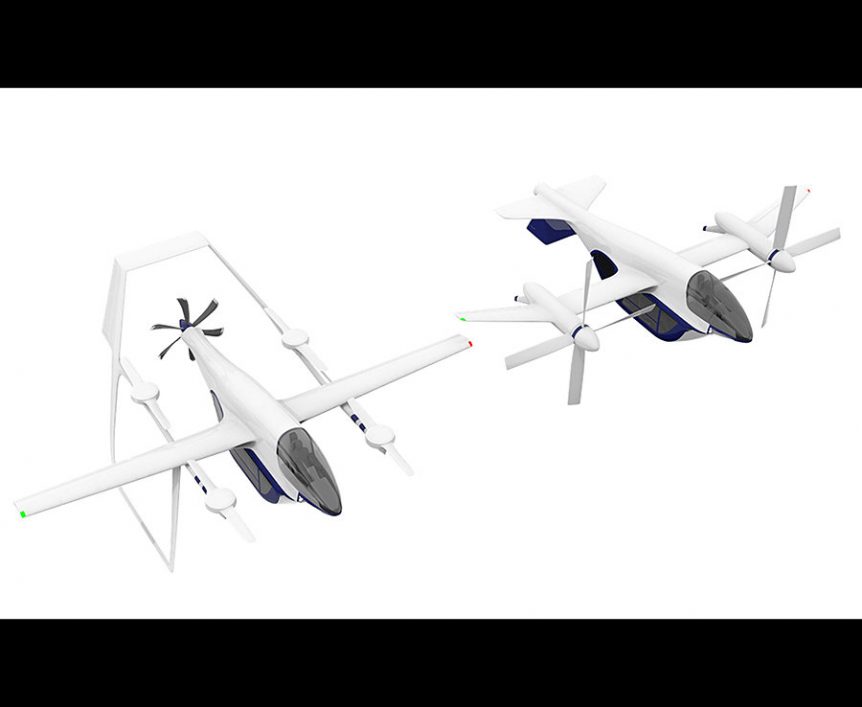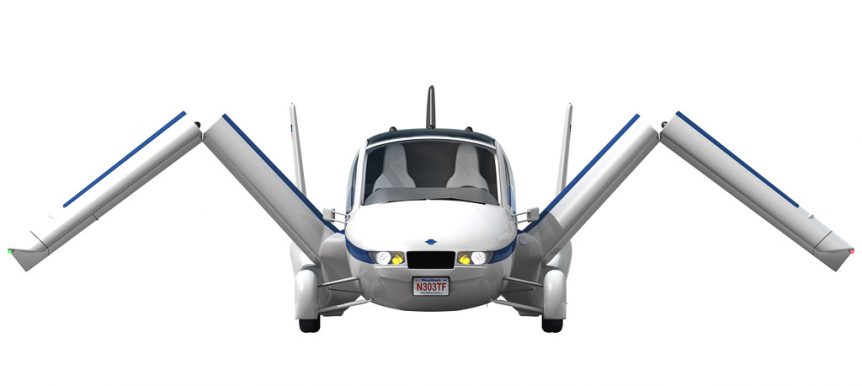Terrafugia, unabashedly calling its vehicles “flying cars” in many of its public pronouncements, has floated a concept that is a serious departure from their two previous designs. The TF-2 will be the equivalent of a shuttle bus, but with an aerial means of making a longer haul than mere in-town hops. Started by MIT graduates, many of them members of the rocketry club, Terrafugia has managed to garner an enormous number of media hits. It even became a possible Christmas gift in the 2010 Hammacher Schlemmer Christmas catalog. It flew its Transition before the crowds at AirVenture in 2013, and was able to obtain certification as a Light Sport Aircraft since then, but with a slightly higher than original LSA weight allowance. That seems to be moot at this point, since the FAA is going to allow LSA pilots to fly aircraft up to 3,600 pounds. Popular Science reported in 2014, “To meet highway-safety requirements, the Transition needs to be …
Geely Looks Skyward, Buys Terrafugia
Geely is a huge enterprise, and while not the largest maker of electric cars in China, sold 766,000 gas and electric vehicles in 2016, growing 50 percent over the previous year. Its profits grew 126 percent last year, primarily due to sports utility vehicle (SUV) sales. As EV Obsession reports: “The 351,861 electric car sales registered in China during 2016 represent approximately 46% of ALL plug-ins sold worldwide this year, with Chinese carmakers responsible for 43% of all EV production in 2016.” Geely, surprisingly, owns Lotus, Malaysia’s Proton Motors, the firm that makes London’s iconic taxis, and Volvo. Volvo just announced that all its cars will be electric or hybrid starting in 2019. Fortune reports that the company has become highly profitable, with 2016 net returns doubling to 5.1 billion yuan ($741 million), and possibly rising to 7 billion yuan in 2017. What is a successful company to do with all that money? The South China Morning Post reports on one …
A Comparison Too Far
A recent entry comparing the German Carplane® and Burt Rutan’s BiPod has prompted a response from John Brown, who found the posting of concern for the misapprehensions it might cause in readers. He notes, for instance, “Your current article portrays us as a large Govt. Co. (we got a small subsidy) going up against a ‘charity’ organization (Northrop-Grumman’s subsidiary, Scaled Composites) in whose name the BiPod is registered at the FAA – as a glider; “It compares us to 1930s modular concepts where actually the BiPod’s wings are screw-on/screw-off ‘modular’ and use that older concept; “It attributes a commuter ‘pitch’ to us where, in fact, we’re not aiming for that market at all. [Thanks for your apology. However, the world is still quoting your article.] “It implies we somehow responded to Burt Rutan (we disclosed 2008 – via patent). We’ve displayed at the world’s largest Trade Fair & Europe’s largest GA show – not at a desert strip. We’ve published …
Drs. Seeley and Moore Hit One Out of the Airpark
The January 2011 issue of Popular Mechanics resurrects the perennial hope for a flying automobile. The cover taunts, “(Go Ahead, Laugh) But NASA, DARPA & the FAA Are Serious.” Sharon Weinberger taunts some makers a bit in her article, “Driving on Air,” as she looks at a variety of Transformer-style vehicles that can travel by land or air with the fewest inconveniences. She notes the differences between propelling cars and planes, and looks at extremely different modes of giving people personal aerial transport, including the Moeller Skycar (“Inventor Paul Moeller has been developing the concept for nearly 50 years. To date, the M400X has only hovered on a tether.”), the Martin Jetpack, The Cartercopter, and the Terrafugia Transition that’s been getting an enormous press following (and a featured spot in the Hammacher Schlemmer Christmas catalog) lately. She ends with an overview of Dr. Mark Moore’s Puffin, detailed in this blog in January. After explaining that a commuter using the Puffin would rise …


